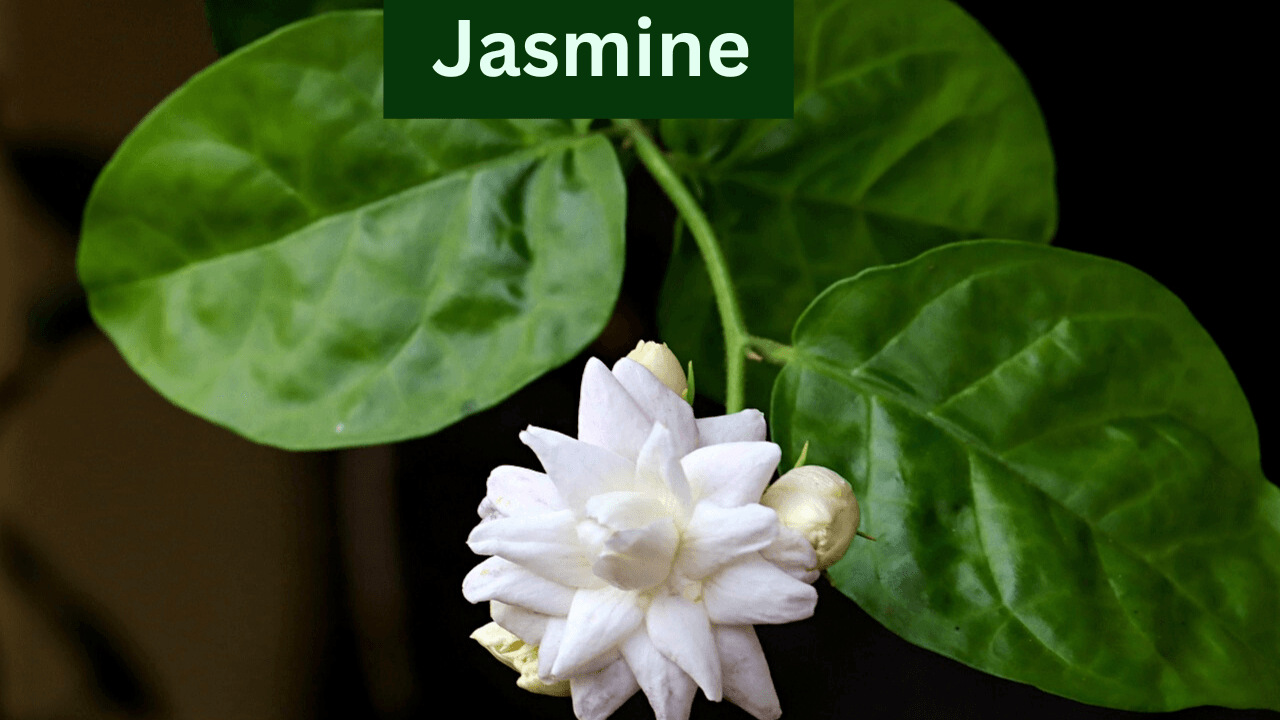My Jasmine Mogra Is Not Flowering – Tips to Get More Blooms: Many plant lovers face the same concern with their Jasmine Mogra plant: it develops buds, but they do not turn into flowers. So, what should we do to encourage blooming in the Mogra Jasmine plant?
Let’s check the key factors that may prevent your Mogra Jasmine from flowering.
Reasons Why Jasmine Mogra Is Not Flowering
1. Not Getting Proper Sunlight
Mogra Jasmine needs at least 3 to 4 hours of direct sunlight daily for blooming. Without sufficient sunlight, the plant may produce buds, but they do not turn into flowers.
What to do?
- Place your plant in a location where it receives adequate direct sunlight every day.
It is important to note: Be careful of extreme heat. If the plant gets too much intense heat, its leaves may burn, and the plant’s health will decline.
2. Not Using Organic-Rich Soil Mixture
Soil quality plays a vital role in continuous flowering. If the soil lacks organic matter, the plant may stop flowering after some time. Buds may appear, but will not turn into flowers.
What to do?
Use a well-balanced, organic-rich soil mixture to ensure healthy growth, strong roots, and abundant blooming.
Why it helps:
-
Provides a continuous supply of nutrients through compost.
-
Retains moisture without making the soil soggy.
-
Protects the plant from soil-borne pests and fungal infections.
-
Encourages healthy root development, which leads to more flowers.
|
Must read these articles: How to make the Best Soil Mix for Jasmine Plant |
3. Inconsistent Watering – Mogra Jasmine Loves Moist Soil
Yes, that’s right! Mogra Jasmine thrives in moist soil, which encourages blooming. If the soil becomes dry or compact, the plant may stop flowering.
Many plant lovers overlook this and frequently complain that their Mogra plant doesn’t flower.
What to do?
- Maintain consistent moisture in the soil.
- Check the soil regularly, especially in hot weather.
- Water deeply but avoid overwatering.
- Keep the soil slightly moist—not dry, but not soggy either.
- Avoid overwatering – too much water can lead to root rot and damage the plant.
4. Lack of Phosphorus and Potassium
Phosphorus and potassium are essential nutrients that promote flowering in the Mogra plant. A deficiency can cause buds to dry and fall off without blooming.
What to do?
Feed your plant with a phosphorus-rich fertilizer, such as banana peel liquid fertilizer, to support flowering.
- Note – Avoid excessive nitrogen fertilizers like cow dung or urea during the flowering phase. These are better suited for the growth phase.
|
Must Check this – How to Make & Use Banana Peel Fertilizer |
🌿 Pro Tip:
- Tilling the soil is very important, and you should do this activity once every 10 or 15 days for a month.
- Add a handful of vermicompost, then water the plant. This improves the aeration and nutrition in the soil, leading to better flowering.
These are some of the key reasons why your Mogra Jasmine plant may not be flowering. Follow all the suggested care tips, and your plant should start blooming soon.
|
About the Author Mrs. Sudeepti Bajpai is a passionate gardener and plant lover with over 15 years of experience. She helps people grow thriving gardens through container, balcony, and terrace gardening, and has successfully grown many vegetables in pots and limited spaces. On her YouTube channel “Voice of Plant,” she teaches people the science and logic behind gardening in a simple, practical way — from composting and repotting to pruning and plant care routines. Follow us: |
Happy Gardening!
